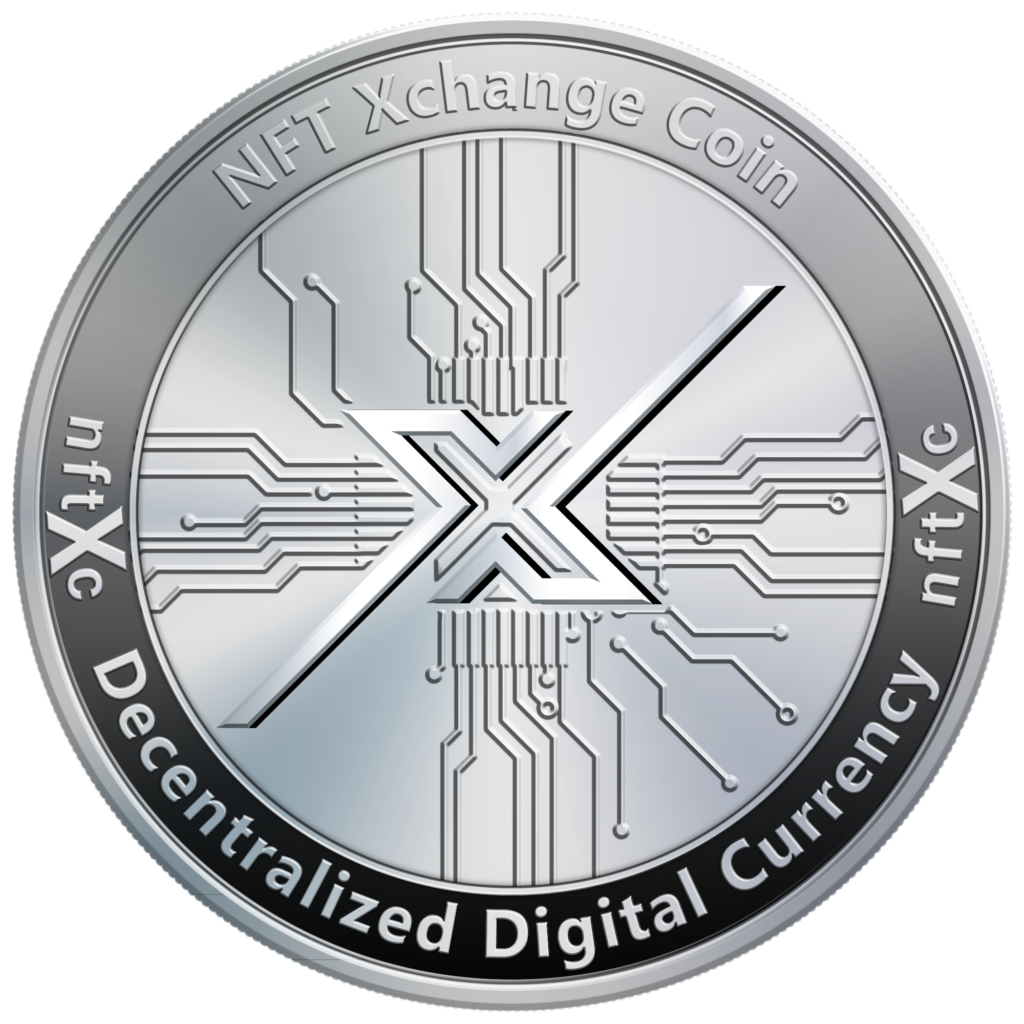What’s Changed Since the Wild West Days of 2017?
Back in 2017, the crypto world experienced an explosion of Initial Coin Offerings (ICOs) — a gold rush of innovation, speculation, and unfortunately, chaos. Projects were raising millions with just a whitepaper (or less), and investors were lured in by buzzwords and moonshot dreams.
Fast forward to 2025, and the landscape has shifted dramatically.
The “Wild West” of ICOs is giving way to a more mature, structured, and trustworthy space. Here’s how the game has changed — and what’s restoring investor confidence in token launches today.

THEN: The 2017 Free-for-All
Let’s be real — 2017 was exciting, but it was also dangerous.
- No KYC or compliance. Anyone could launch (or invest in) an ICO anonymously.
- Vague or nonexistent tokenomics. Many tokens had no real use, no cap, and no utility.
- Zero transparency. No audits. No accountability. Just a roadmap and a Telegram group.
- Rug pulls and exit scams. Investors often had no recourse after the team disappeared.
For every real innovation, there were dozens of pump-and-dump schemes or copy-paste tokens with no value.
NOW: A Smarter, Safer ICO Era
The ICO landscape of 2025 is barely recognizable compared to 2017 — and that’s a good thing.
Here’s what’s changed:
1. KYC and AML Are the Norm
Today’s reputable token launches require Know Your Customer (KYC) processes for both project teams and investors.
- Platforms like PinkSale, Unicrypt, and DAOmaker require founder ID verification.
- Investors must verify their identity before participating, preventing bots, whales, and abuse.
- Projects that skip KYC are often red-flagged and ignored by serious investors.
Result: Greater accountability, less fraud.
2. Smart Contract Audits Are Expected
In 2025, no audit = no trust.
Projects now:
- Hire firms like CertiK, SolidProof, or HashEx to audit their smart contracts
- Publish reports showing vulnerabilities (and fixes)
- Include audit links directly on launchpads
This has helped eliminate hidden minting functions, malicious backdoors, and logic flaws.
Result: Safer code. Safer capital.
3. Tokenomics Got Smarter
Gone are the days of infinite supply tokens and vague utility.
Modern ICOs emphasize:
- Fixed supply and deflationary mechanisms
- Transparent vesting schedules for team and advisors
- Utility-first models (governance, staking, burn, access)
- Revenue share and fee integration (especially in DeFi and GameFi)
Result: Projects are now architected for sustainability, not hype.
4. Community and Transparency Matter
It’s not enough to drop a token and run ads anymore. Teams now:
- Host AMA sessions regularly
- Build in public Discords and Telegrams
- Release transparent roadmaps and updates
- Embrace governance and community voting on treasury use
Result: Real communities create long-term holders — not short-term flippers.
5. Better Launch Platforms = Better Trust
Launchpads like:
- PinkSale
- Binance Launchpad
- Polkastarter
- TrustSwap
…have built reputation layers into the process. That means token buyers can:
- See KYC status
- Check audit badges
- View lockup and vesting data
- Track liquidity and token distribution in real time
Result: Investor confidence is built-in — not promised.
The New ICO Loop: Trust → Community → Utility
What we’re seeing in 2025 is the rise of foundational trust in token launches.
It’s not just about hype anymore — it’s about:
- Verified founders
- Audited code
- Clear value for the token
- Real community involvement
- Sustainable mechanics for growth
Where Do We Go from Here?
ICOs (and their cousins: IDOs, IEOs, and Fair Launches) aren’t going anywhere. But the days of reckless launches are fading.
As investors become smarter, and builders become more transparent, the industry grows stronger.
If you’re launching a project in 2025, you’re not just raising capital — you’re raising trust. And trust is the new crypto.
💬 What are your thoughts on ICOs today? Are we finally out of the Wild West?

Leave a Reply